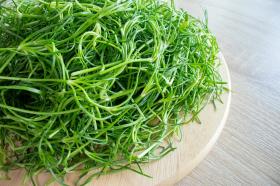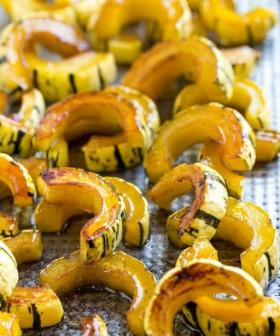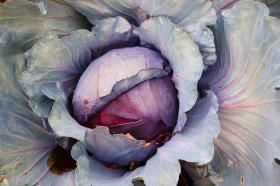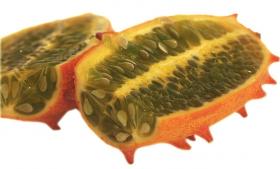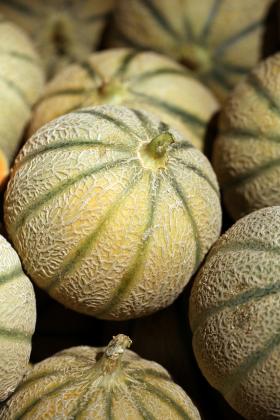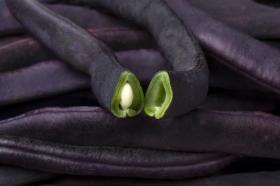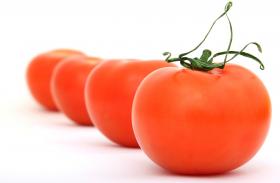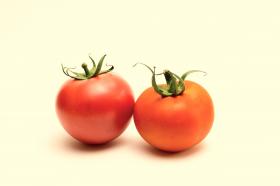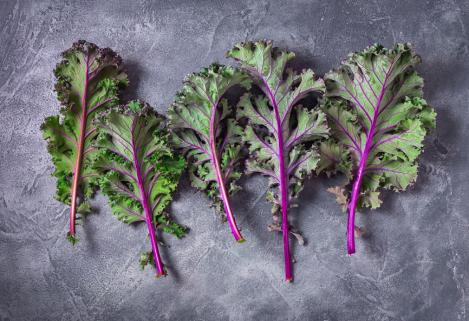
KALE- ROUGE DE RUSSIE, regular seeds - not treated and non-gmo, heirloom
A vigorous and attractive Heirloom variety, Red Russian kale colors up well even before cold weather, but especially after cool weather. The oak-leaf shaped gray green leaves of this kale are deeply cut and are intersected by purple-pink veins, lightly tinged with purple on the margins. Excellent for salad greens when leaves are thumb size and tender; larger leaves make delicious and nutritious cooked greens as per other kale varieties. Height up to 2 ft. heirloom.Growing Guide for 'Red Russian' Kale
(Brassica napus var. pabularia)
1. Climate & Location
Very cold-hardy variety, well-suited to northern climates like Estonia.
Can tolerate temperatures down to –10 °C and becomes sweeter after light frosts.
Prefers full sun but can tolerate partial shade.
2. Soil
Rich, well-drained soil with good moisture retention.
Neutral to slightly alkaline pH (6.0–7.5) is ideal.
Avoid heavy, waterlogged soils.
3. Sowing
Start indoors in April or sow directly outdoors in May.
Sow 0.5–1 cm deep.
Spacing: 30–40 cm between plants, 40–50 cm between rows.
4. Care
Keep the soil evenly moist and weed-free.
Feed with compost or a natural fertilizer like seaweed solution.
Use row covers early on to protect young plants from pests.
5. Harvesting
Begin harvesting lower leaves about 6–8 weeks after germination.
The plant continues producing even after multiple harvests.
Can be left in the ground into late autumn – frost improves the taste.
6. Pests & Diseases
Possible pests include cabbage white butterfly larvae, aphids, and flea beetles.
Rotate crops and use row covers for prevention.
Interesting Facts About 'Red Russian' Kale
Origin: Likely originated in Russia and was brought westward by Scottish gardeners in the 19th century.
Color: Young leaves are bluish-green with purplish-red stems – making it decorative both in the garden and on the plate.
Flavor: Milder and sweeter than common curly kale, with a hint of nuttiness or mustard, especially in young leaves.
Nutritional Value: Very high in vitamins C and K, as well as calcium, iron, and antioxidants.
Uses: Excellent in smoothies, salads, stir-fries, and oven dishes. Young leaves can be eaten raw, while older ones are best cooked.
Ornamental Plant: Sometimes grown for its visual appeal – the purplish-pink stems add autumn color to garden beds.
Packet 50 seeds

